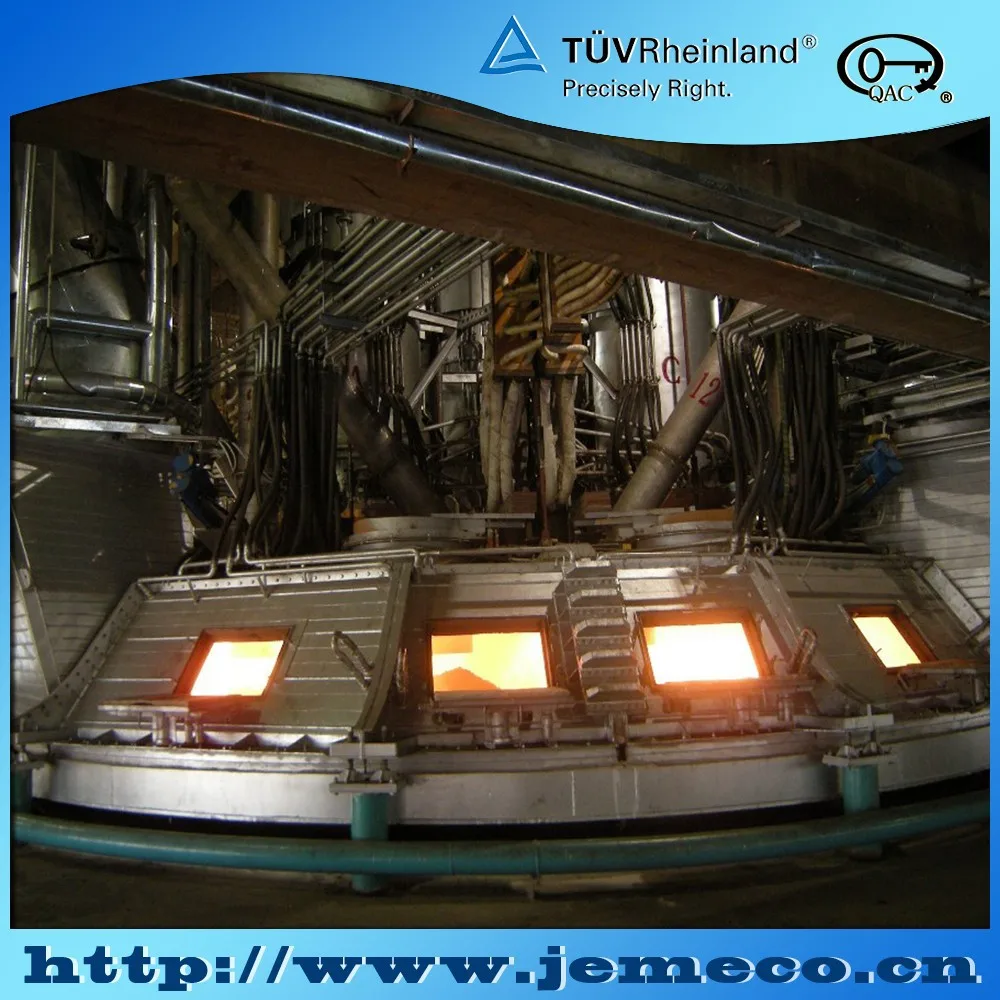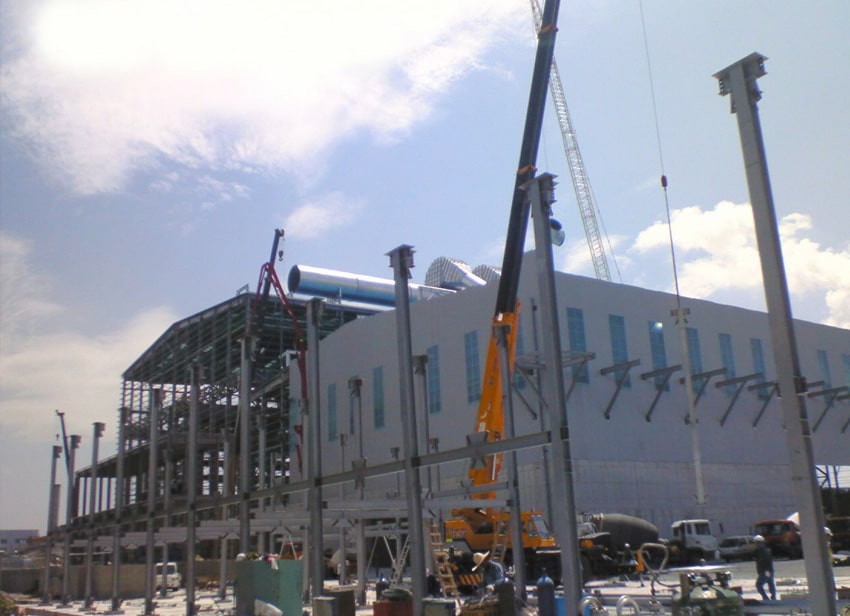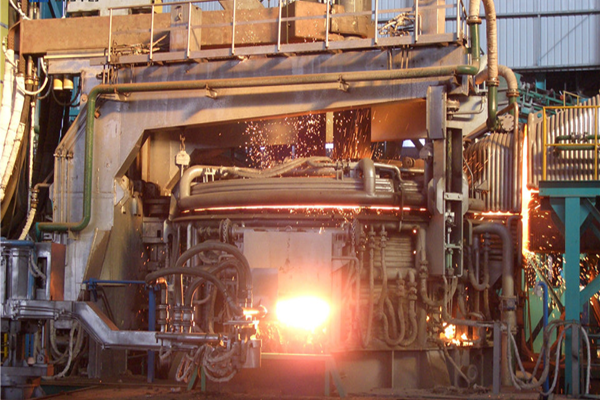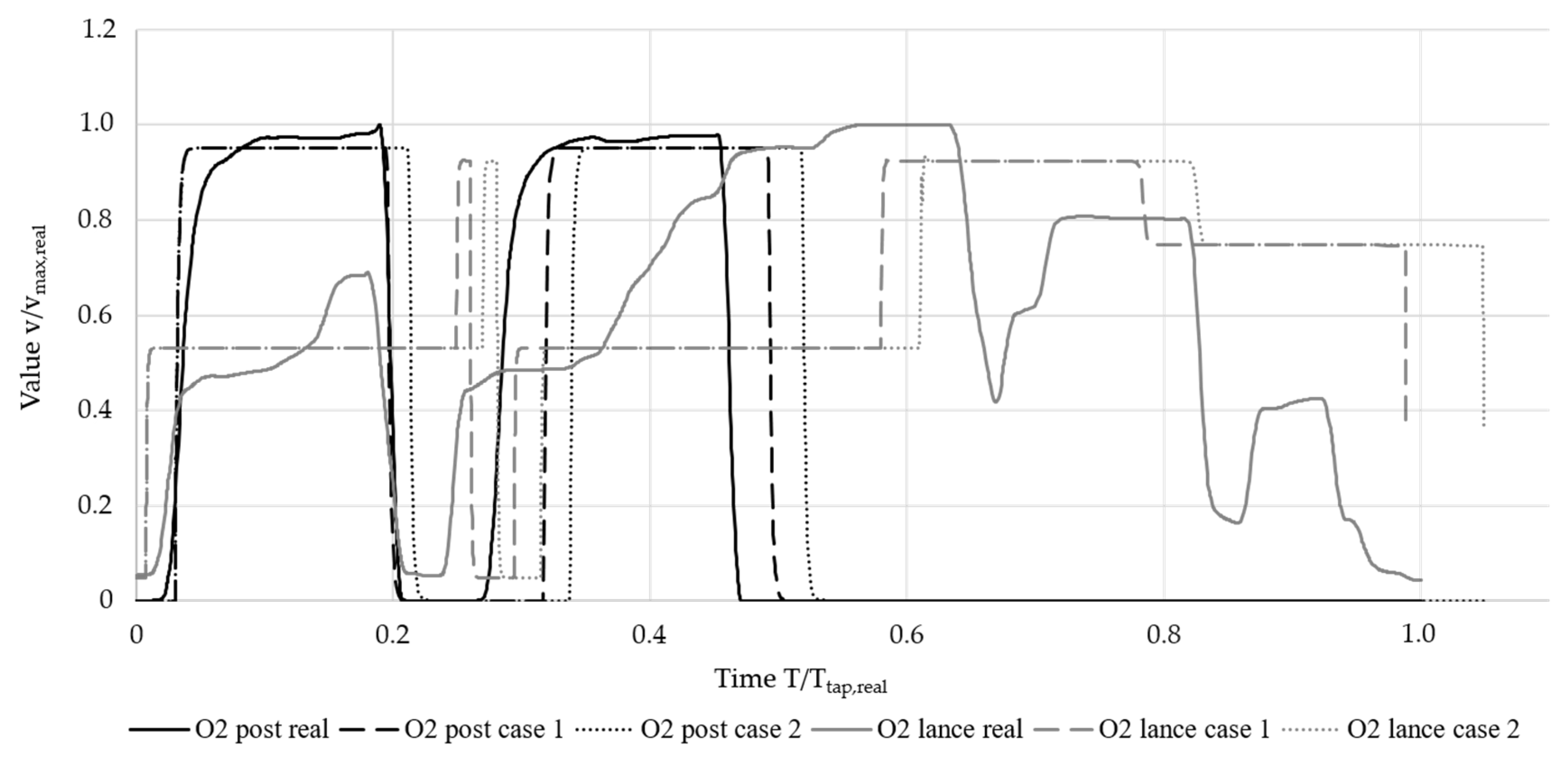
Charge materials included concrete, soil, metal, wood, CaO/sup -/ and Na/sub 2/O-containing chemical waste sludges, cement, and polyethylene mixed in various proportions in both unburned and partially incinerated forms. The tests were conducted with simulated wastes in a conventional refractory-lined electric arc furnace. « lessĪs part of an interagency agreement between the Bureau of Mines, US Department of the Interior, and the US Department of Energy through its contractor, EG and G Idaho, Inc., the Bureau conducted six melting tests at its Albany Research Center to assess the feasibility of melting transuranic-containing wastes.

The objective is to provide steelmakers with a practical guide toward improved electric arc furnace meltshop emission control system design. Emphasis will be on practical design aspects of meltshop emission control systems with guidelines on typical gas flow rates, system configuration, sizing and costs for effective fume control. The following topics will be included: considerations in selecting appropriate DEC exhaust rates for effective emission control water-cooled elbow, combustion gap and water-cooled duct design for maximizing post combustion and minimizing slag deposit build-up off-gas cooling deep storage-type canopy hood design for electric arc furnace charging more » emission control local hood design for control of EBT emissions furnace enclosures for improved secondary fume control and meltshop environment off-gas system control philosophy selecting appropriate equipment such as baghouses, fans and material handling systems and common shortcomings of fume control systems. Fundamental requirements for effective direct evacuation control (DEC) of electric and ladle furnace melting operations and canopy/local hood control of secondary emissions from electric arc furnace charging and tapping emissions will be addressed. The paper will cover the methodology for designing environmentally acceptable and cost-effective emission control systems in modern electric arc furnace meltshops. The numerical relationship between the furnace pressure set point and electric energy consumption (kwhr/ton) is presented. This is accomplished by providing the emission control and operating concepts discussed, thereby allowing the furnace to operate at a pressure of +0.0375 in. wc and with slight continuous electrode emissions can save over 50 kwhr/ton and reduce the tap to tap time accordingly if the furnace pressure is made more positive. A normal electric arc furnace operating with a pressure of 0.02 in. Steelmakers often complain that it is difficult to maintain the pressure taps mounted in the furnace roof. This means that furnaces must have a means of determining this pressure.


Electric arc furnace emission regulations 40 CFR Part 60 AA and AAa require that the furnace pressure be recorded at least once a shift. Exactly how much energy can be lost by operating a furnace under too negative a pressure or how much can be gained by maintaining a positive pressure in the furnace is not known.

Electric arc furnace steelmakers are aware that an over-evacuated furnace loses heat through the off-gas elbow.


 0 kommentar(er)
0 kommentar(er)
